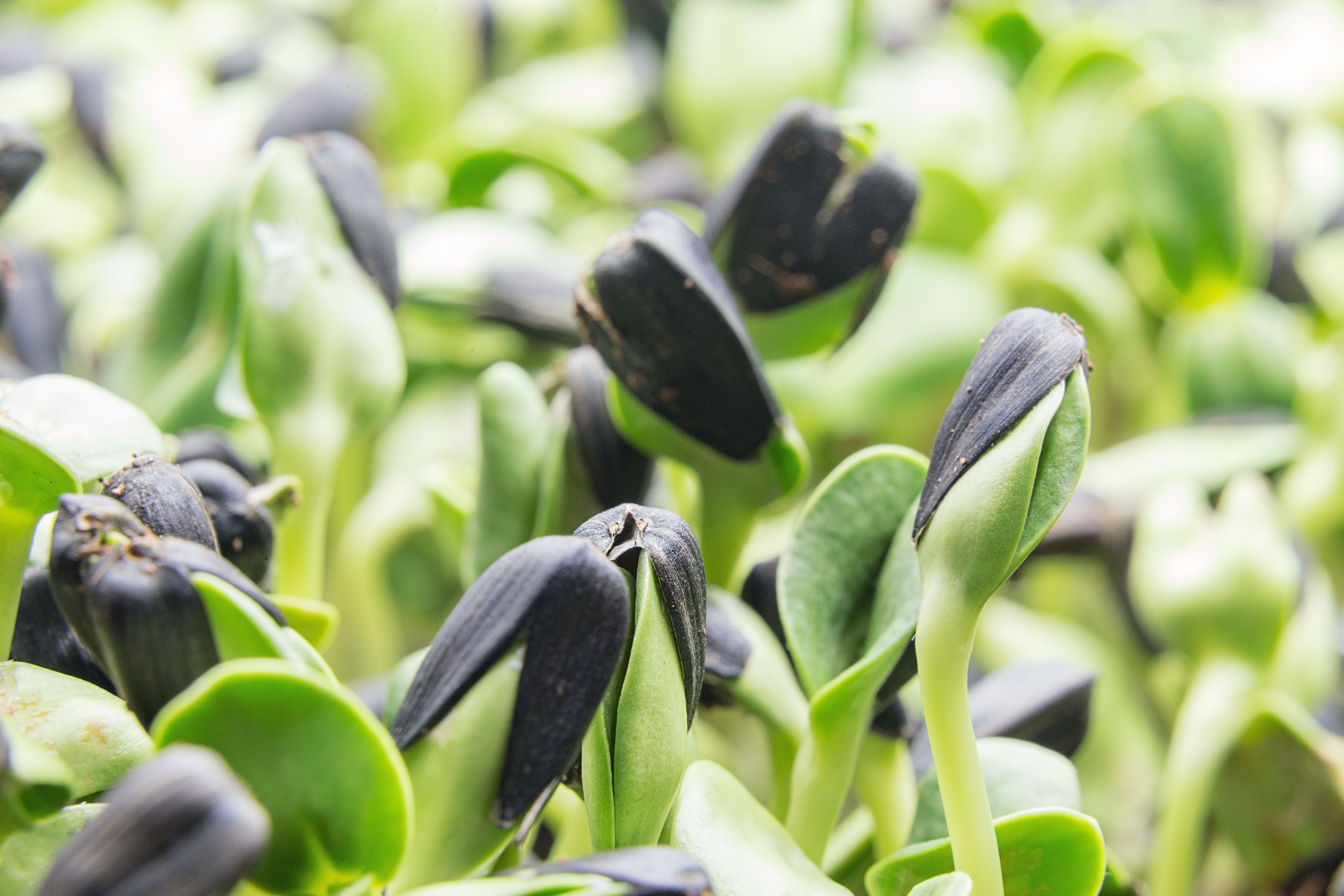BABY PLANTS: SOLTION TO HEALTH CRISIS?
Tm
Understanding Microgreens
Microgreens are tiny, edible plants harvested just after they sprout their first true leaves. These vibrant greens pack a nutritional punch and offer a sustainable alternative to traditional farming methods. They can be grown from a variety of seeds including herbs, vegetables, and even grains. With their high concentration of nutrients, microgreens have become a popular choice for health enthusiasts and environmentally conscious individuals alike.

The Environmental Impact of Commercial Farming
Commercial farming often relies heavily on pesticides and fertilizers to maintain high crop yields. These chemicals can lead to soil degradation, water pollution, and harm to local ecosystems. Additionally, large-scale farming practices contribute significantly to greenhouse gas emissions. As the demand for sustainable food sources grows, more people are turning to alternatives like microgreens to reduce their environmental footprint, and reduce their exposeure to chemical polutants in the food suply.
Benefits of Growing Microgreens at Home or buying local
Growing microgreens at home offers numerous benefits beyond just environmental impact. Here are some key advantages:
- maximum freshness: there is absolutly nothing like eating a fruit, or plant that you pick and eat right away, the transfer of life from one being to another. this is how we were meant to eat.
- Space efficient: You can cultivate microgreens in small indoor spaces, making them ideal for urban situations. we can grow up to 100 TIMES more veggies with a microgreen farm per acer than with a standard farm
- Quick turnaround: Most microgreens are ready for harvest in just 1-3 weeks.
- Low maintenance: They require minimal care and resources compared to traditional gardening.

Nutritional Powerhouses
Microgreens are known for their dense nutrient content. Studies have shown that they can contain up to 40 times the vitamins and minerals of their mature counterparts. For instance, broccoli microgreens are rich in sulforaphane, a compound with potent anti-cancer properties. Incorporating microgreens into your diet can significantly boost your intake of essential nutrients without the need for supplements.
How to Start Growing Microgreens
Starting your own microgreen garden is simple and accessible. Here’s a basic guide to get you started:
- Select seeds: Choose seeds that are specifically labeled for microgreen growth, noraml seeds can work, but microgreen seeds have been cleaned.
- Prepare the growing medium: You can use soil, coconut coir, or hydroponic mats as a base.
- Sow the seeds: Spread them evenly across the surface of the medium, some seeds do better with a light covering of soil, like beet.
- Water and wait: Keep the seeds moist until they germinate and receive indirect sunlight or artificial light.
- Harvest: Once the microgreens reach 1-3 inches in height, use scissors to snip them just above the base.

Incorporating Microgreens into Your Diet
Incorporating microgreens into your meals is both easy and versatile. They add a burst of flavor and color to salads, sandwiches, and smoothies. Their delicate texture and unique taste profiles can elevate any dish, making them a favorite among chefs and home cooks alike. Experiment with different varieties to find your favorites and enjoy the health benefits they offer.
The Future of Sustainable Eating
As more people become aware of the impact of their food choices, microgreens present an exciting opportunity for sustainable eating. Their ability to grow quickly with minimal resources while providing higher quality produce to the average person makes them an attractive option for reducing reliance on commercial agriculture and into a more harmonious future where we are more connected to the good things in life. By embracing microgreens, individuals can contribute to a healthier planet and a healthier being while enjoying premium fresh, nutrient-rich food.
